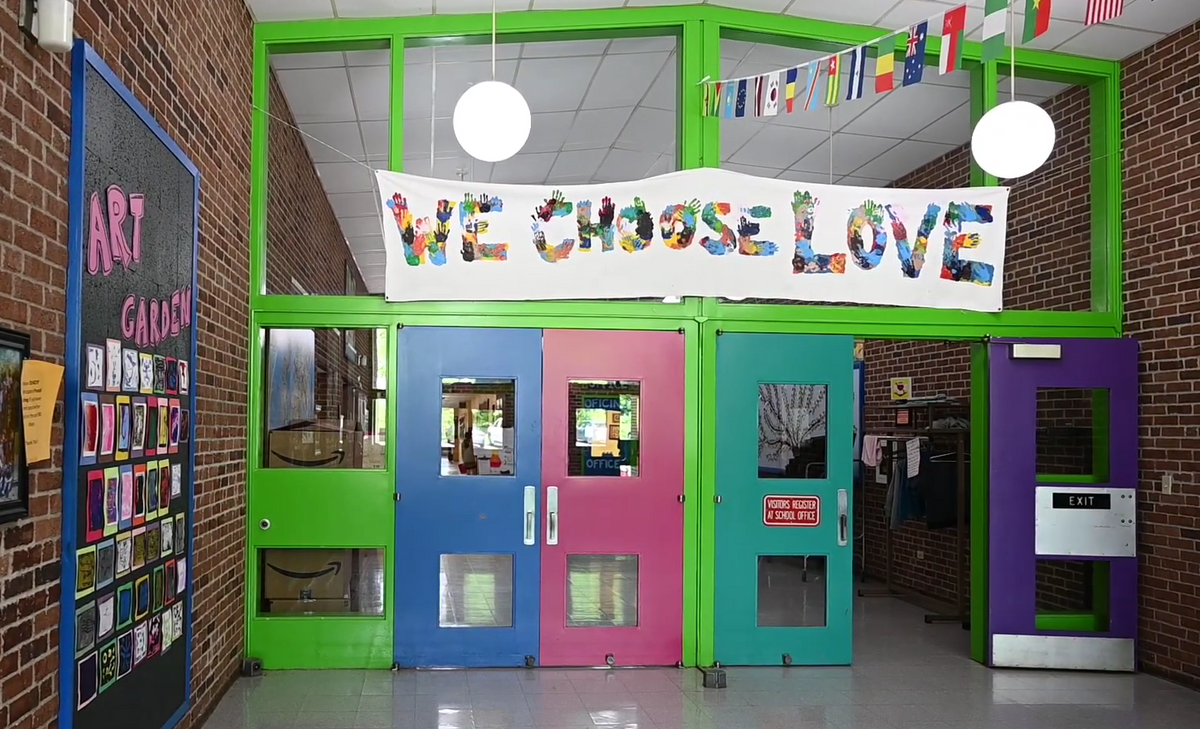Amherst’s Elementary Schools Face Over $500k in Budget Cuts
As Covid-19 era federal funds lapse and costs rise, Amherst’s elementary schools will be forced to find extra room in their budgets. Possible changes include larger class sizes, fewer after-school programs, or even layoffs.

Amherst’s elementary schools are facing over $500,000 in budget cuts for 2025 as costs outpace spending increases, and the Elementary and Secondary School Emergency Relief (ESSER) Funds created to assist schools during Covid-19 are dwindling.
The town of Amherst has given elementary schools a target increase of 3 percent for the budget, but Interim Superintendent and Director of Finance of the district Doug Slaughter says that their expenses are growing faster than that. The impacts of inflation, he states, have started to appear in the elementary school budget in a “strong way.”
He expects health care costs, for example, to increase 10 percent. Since costs, such as health care and property insurance, are increasing faster than what the town accounts for in the budget, the administration has to allocate more of the budget towards those essential items and scale back spending in other areas.
The Amherst budget is also supported by $550,000 in ESSER grant funds, but projections for next year indicate this will be reduced to $400,000.
The hard part, he believes, is “how do we cut costs, and still try to stay true to the things that matter a lot to us? It’s a gut-wrenching conversation.”
As to where the cuts will be directed, Slaughter says that nothing has been finalized nor announced publicly. Possibilities include bigger class sizes, fewer after-school programs offered, and faculty and staff taking on more responsibilities.
“Anytime you do cuts, something’s lost, and it’s things that we valued and treasured, and that's hard,” Slaughter said.
It is possible that staff’s full-time employment could be reduced or even that layoffs could occur. If layoffs are necessary, Slaughter said the district will always try to do so through natural attrition, which entails retirement, relocation, and resignation, as opposed to firing.
“We do what we can, and try to rearrange and preserve those folks, because we’ve invested in them, they’ve invested in us, we want to honor that and respect the work that they do,” he said.
Associate Professor of Psychology Carrie Palmquist has a kindergartener who goes to Wildwood Elementary School in the district. Her main concern is whether basic needs will be met.
Wildwood Elementary, Palmquist says, is very diverse, which she “really loves” for her son. That diversity, she explains, requires multiple programs and resources that are important to supporting those kids, especially English language learners. She worries that budget cuts will affect the staff required to support such a diverse environment.
“I think it’s an important experience for students to have, but making sure that those staff stay and that they feel like they have adequate compensations feels like something that could be scary, given that those feel like really important parts of kids’ experience early on,” she said.
Slaughter is waiting to see the state legislature’s proposed budget, another source of funding for the district beyond local tax revenues and federal programs like ESSER. Governor Maura Healey has her budget projection, the House and Senate have theirs, and the district is going to watch those conversations “play out over the ensuing months.”
As they wait for those projections, Slaughter acknowledges that the district has to be conservative in its budget estimations.
“You don’t want to plan for money that you can’t be sure you’re gonna get,” Slaughter said.
On March 19, 2024, the School Committee will vote on the final budget for 2025, which will be taken to the Town Council for approval.





Comments ()